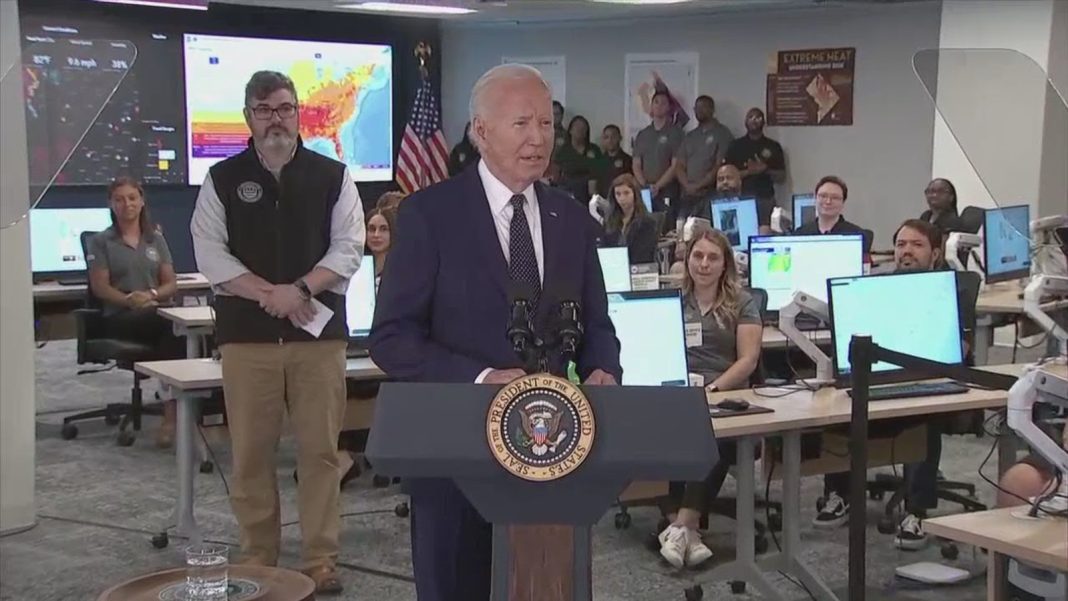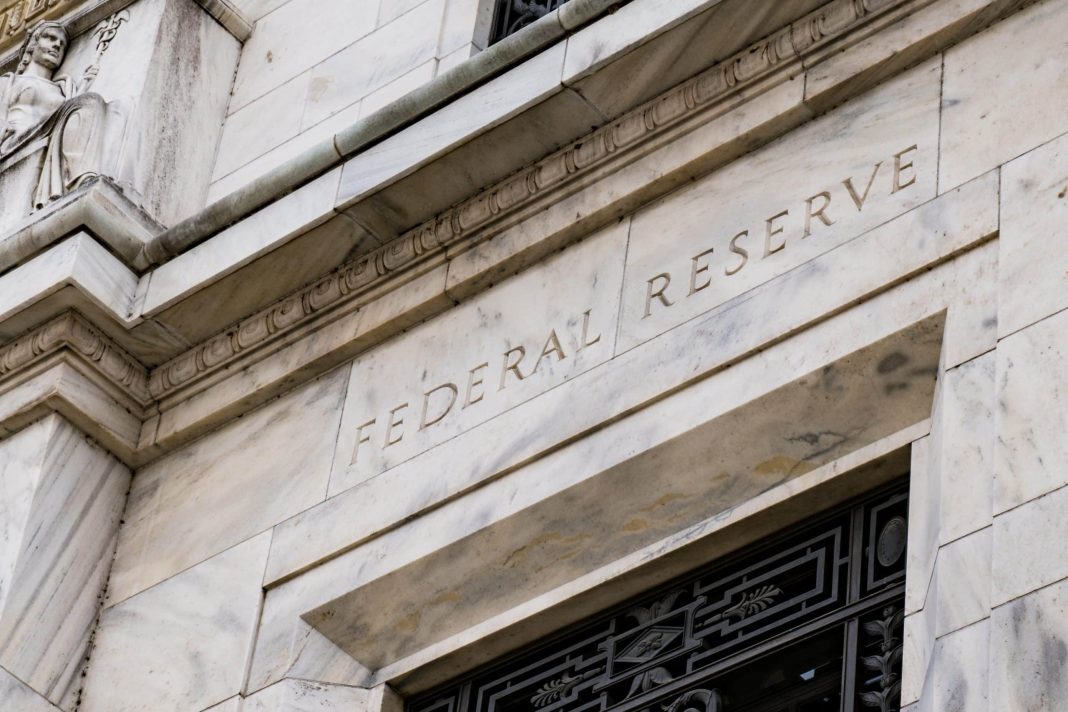Addressing Excessive Heat in the Workplace: President Biden Proposes New Rule
Introduction:
President Joe Biden has proposed a new rule aimed at addressing excessive heat in the workplace, citing high temperatures as the leading weather-related killer in the United States. This measure, if finalized, would provide protection to an estimated 36 million workers, including those in industries such as farming, delivery, construction, landscaping, and indoor work in warehouses, factories, and kitchens. President Biden’s proposal comes as Hurricane Beryl wreaks havoc in the Caribbean, serving as a stark reminder of the impending summer weather.
The Urgency of Climate Change:
During his remarks at the DC Emergency Operations Centers, President Biden criticized Republican lawmakers who deny the existence of climate change, calling their stance “outrageous” and “stupid.” He emphasized that climate change has both human and financial costs, with weather-related damage in the previous year alone amounting to $90 billion. President Biden further highlighted the alarming fact that more people die from extreme heat than from floods, hurricanes, and tornadoes combined. These extreme weather events not only impact lives but also have a significant negative psychological effect on individuals and harm the economy.
Comprehensive Approach to Extreme Weather:
President Biden outlined five steps his administration is taking to address extreme weather. In addition to the proposed rule on excessive heat in the workplace, the Federal Emergency Management Agency (FEMA) is finalizing a rule to consider flooding risks in federal construction projects. Furthermore, FEMA is providing $1 billion in grants to assist communities in dealing with natural disasters. The Environmental Protection Agency (EPA) is releasing a new report highlighting the impacts of climate change. Lastly, President Biden announced an upcoming conference called “White House Summer on Extreme Heat” to further discuss this critical issue.
Key Provisions of the Proposed Rule:
The proposed rule would require employers to identify heat hazards, develop emergency response plans related to heat illness, and provide training to employees and supervisors on recognizing the signs and symptoms of such illnesses. It would also mandate the provision of rest breaks, shade, water, and heat acclimatization for new workers. Penalties for heat-related violations in workplaces would increase significantly, aligning with Occupational Safety and Health Administration (OSHA) rules.
The Vulnerability of Workers:
In 2023 alone, an estimated 2,300 people in the U.S. died from heat-related illnesses. Workers with prolonged exposure to extreme heat are particularly vulnerable to health risks such as heatstroke. The Centers for Disease Control and Prevention (CDC) and the National Oceanic and Atmospheric Administration (NOAA) have both highlighted the need for protective measures in the workplace to mitigate these risks. Despite increased awareness, comprehensive protections for workers exposed to high temperatures have been lacking.
Challenges and Opposition:
The development of a standard for dealing with heat in workplaces has been underway since 2021. The proposed measures have faced opposition from industry groups, including chambers of commerce and business associations. Many argue that implementing a blanket mandate across diverse industries would be challenging. Currently, only five states – California, Colorado, Oregon, Minnesota, and Washington – have workplace standards specifically addressing heat exposure. However, some of these regulations have recently been targeted by Republicans. Both Florida and Texas have passed legislation preventing local governments from imposing heat protections for outdoor workers.
Federal Rule Supersedes State Measures:
If finalized, the Biden administration’s rule would supersede existing state measures. States with their own procedures for dealing with heat would need to adopt measures that are at least as strict as the federal rule. This unified approach would ensure consistent protection for workers across the country.
Conclusion:
President Biden’s proposed rule on excessive heat in the workplace is a significant step towards safeguarding the health and well-being of millions of American workers. By addressing the dangers posed by extreme heat and climate change, the administration aims to mitigate the negative impacts on both individuals and the economy. The proposed rule’s provisions, coupled with increased penalties for violations, highlight the importance of protecting workers from heat-related illnesses. As the hottest month of the year commences, President Biden’s comprehensive approach to extreme weather provides hope for a safer and more resilient workforce.


